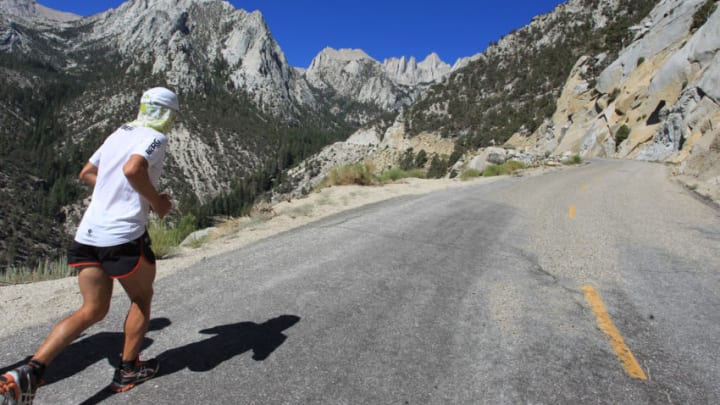This post contains affiliate links, where we may receive a percentage of any sale made from the links on this page. Prices and availability accurate as of the time of publication.
It’s incredibly rewarding to travel to a different country and learn all about its culture, but it isn’t always feasible. The cost is prohibitive to many, and even if you can afford it, not everyone has the luxury of taking extended time off from work. But Amazon’s new interactive, live-streaming platform hopes to connect you with foreign communities, landmarks, and merchants all from the comfort of your own home.
Amazon Explore has more than 500 one-on-one experiences for you to discover around the globe with the help of an English-speaking guide. The platform categorizes the sessions by location, theme, length, and price. They can range from 30 minutes to an hour, and cost anywhere from $5 to $165, with a special $15 sale section, so everyone can participate at their convenience. You can take an afternoon to design your own jewelry with a Parisian artist, walk among the ruins of Pompeii, roll sushi with a chef in Japan, or attend a gaucho rodeo in Argentina, all through your laptop.
Your journey will be through one-way video and two-way audio, which allows you to chat with your guide while focusing on the visual experience. You’ll also be able to purchase items directly from local merchants during each experience. Since the session is one-on-one, it’s tailored to your interests, so if a storefront catches your eye or you want to say hello to a local, ask your guide and they’ll help with the microphone.
Even though Amazon Explore is still a beta platform, customer reviews already look promising, with many experiences earning ratings over four stars. To participate in your virtual field trip, all you need is a computer or laptop with a microphone—it doesn’t work with mobile devices—an up-to-date browser, and an internet speed of at least five megabits per second (Mbps), which you can test here.
Learn more about all the different experiences Amazon Explore has to offer here.
